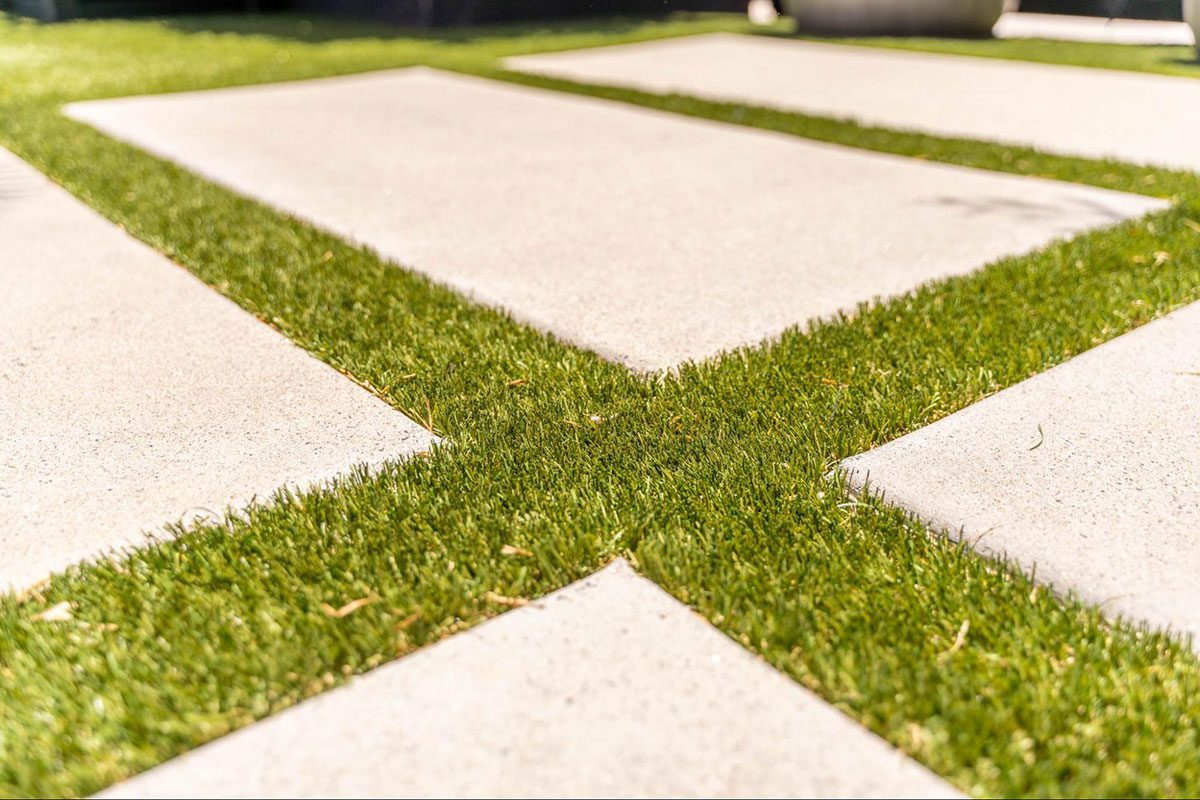A beautiful, lush lawn is a dream come true for many homeowners, but maintaining natural grass can be both time-consuming and costly. This is where artificial turf comes in as an excellent alternative that offers a stunning look without the upkeep. However, to ensure that your artificial turf looks its best and lasts for a long time, it’s crucial to have the right supplies. With so many options available in the market, it can be overwhelming to decide which supplies are best suited for your specific requirements.
In this comprehensive blog, we will cover everything you need to know about artificial turf supplies. We will guide you through the different types of supplies available, their benefits and drawbacks, and how they can be used in various settings. Moreover, we will provide expert tips on how to choose the right supplies based on factors like the size and shape of the area to be covered, the amount of foot traffic, and the desired level of cushioning.
Artificial turf supplies
Artificial turf supplies come in different types, including turf rolls, tiles, and mats. Turf rolls are the most common type of artificial turf supply and are available in various sizes and shapes. Turf tiles, on the other hand, come in pre-cut squares and are easier to install. Turf mats are the smallest option and are typically used for small areas or as a mat for golf putting greens.
Each type of artificial turf supply has its own benefits and drawbacks. Turf rolls are more durable than tiles and mats, but they can be more difficult to install. Tiles are easier to install and can be replaced easily if damaged, but they may not last as long as turf rolls. Mats are the least durable and are best suited for indoor use or small areas.
Choosing the right artificial turf supplies
Choosing the right artificial turf supply depends on several factors, such as the size and shape of the area to be covered, the amount of foot traffic, and the desired level of cushioning. For high-traffic areas, such as playgrounds or sports fields, turf rolls are the best choice due to their durability. For smaller areas or indoor use, turf mats are a good option.
It’s important to ensure that the artificial turf supplies are of high quality and will last for a long time. Look for supplies made from high-quality materials, such as polyethylene or nylon, and check the backing for strength and durability.
Installation and maintenance of artificial turf supplies
The installation and maintenance of artificial turf supplies are two essential aspects that ensure the longevity and appearance of the turf. Proper installation begins with the preparation of the surface where the turf will be laid. Before laying the turf, the surface must be cleared of any debris, leveled, and compacted to provide a firm base. Additionally, it’s important to ensure that the surface has proper drainage to prevent water buildup, which can damage the turf over time. Cutting and shaping the turf to fit the surface is equally important to ensure a proper and seamless installation.
Regular maintenance of artificial turf supplies is necessary to keep them looking their best. One of the most critical maintenance practices is to regularly brush the turf to prevent matting and remove debris. It’s recommended to brush the turf at least once a week, and more often in high traffic areas. If the turf becomes stained, it can be cleaned with soap and water or a mild cleaning solution. It’s essential to avoid using harsh chemicals or cleaners that can damage the turf fibers. In addition, if the turf is used in areas where pets or children play, it’s important to regularly sanitize the surface to prevent the growth of harmful bacteria.
How to install artificial turf with a professional installer

Hiring a professional installer is the best option for those who are not comfortable with DIY installation. To find a reputable installer, ask for recommendations from friends and family or search online for local installers. Be sure to ask for references and check their credentials before hiring them.
When working with a professional installer, it’s important to communicate your expectations and ensure that they understand the scope of the project. Be sure to get a written estimate and contract before the work begins to avoid any surprises.
Where you can install artificial turf:
- Playgrounds
- Lawns and landscaping
- Indoor and outdoor sports
- Gym flooring
- Around pool decks
- For dogs and other pets
- Putting greens
How to install artificial turf DIY
For those who prefer to install artificial turf themselves, it’s important to follow the proper steps to ensure a successful installation. The first step is to prepare the surface by removing any debris and ensuring that the surface is level. Next, lay down a weed barrier to prevent any weeds from growing through the turf.
Once the surface is prepared, it’s time to lay down the turf. Cut the turf to fit the area, leaving a little extra around the edges to ensure a proper fit. Once the turf is laid down, use a power broom or stiff brush to brush the fibers and give the turf a natural look.
Related resources:
- Where you can use artificial grass
- Cost of artificial grass
- How to choose the best artificial grass
- How to clean artificial grass
- Water bill savings with artificial grass
- How long does artificial turf last?
- Artificial turf supplies
- Artificial grass vs real grass
- Pros and cons of artificial grass
- Artificial grass installation guide
- Does artificial grass fade?
- Does artificial grass need water?
- How to install artificial turf



